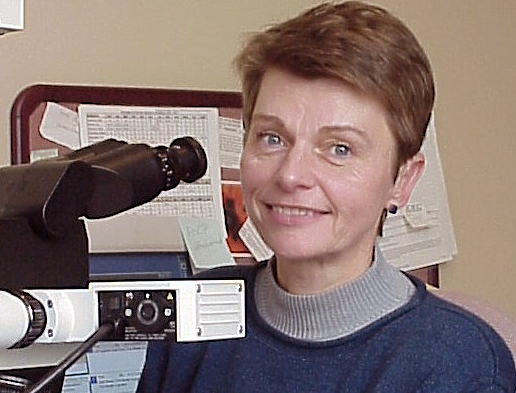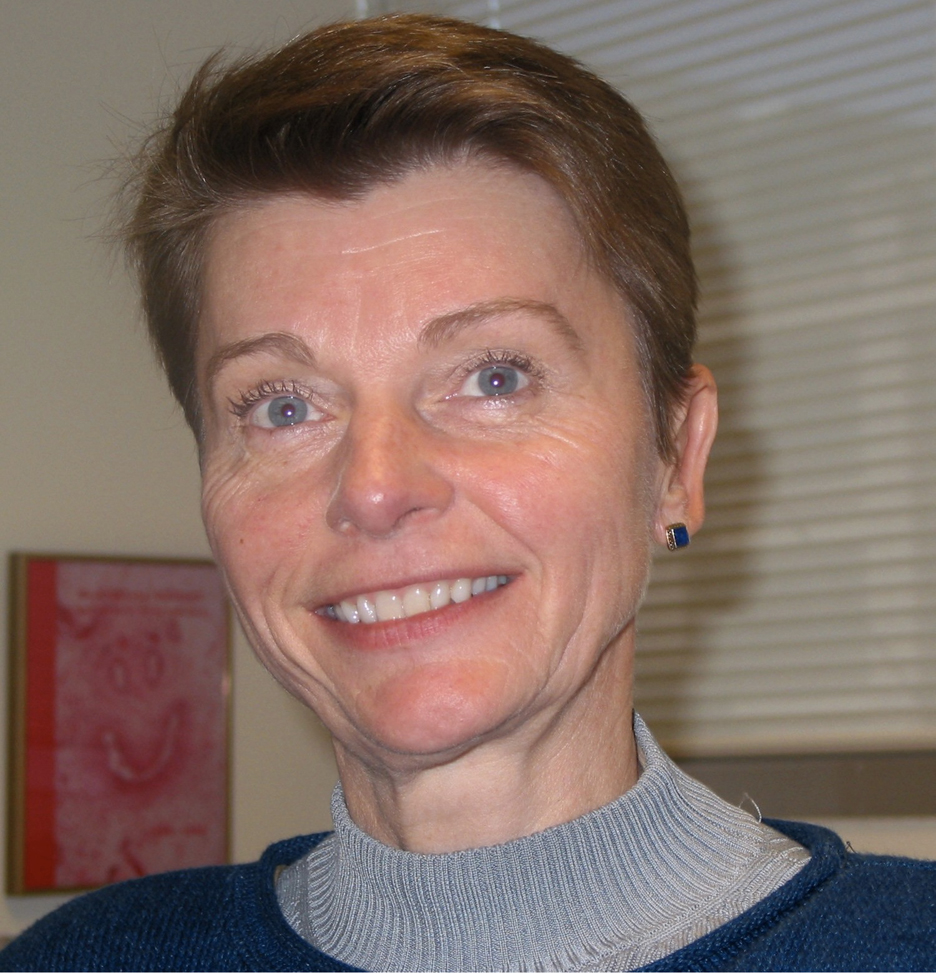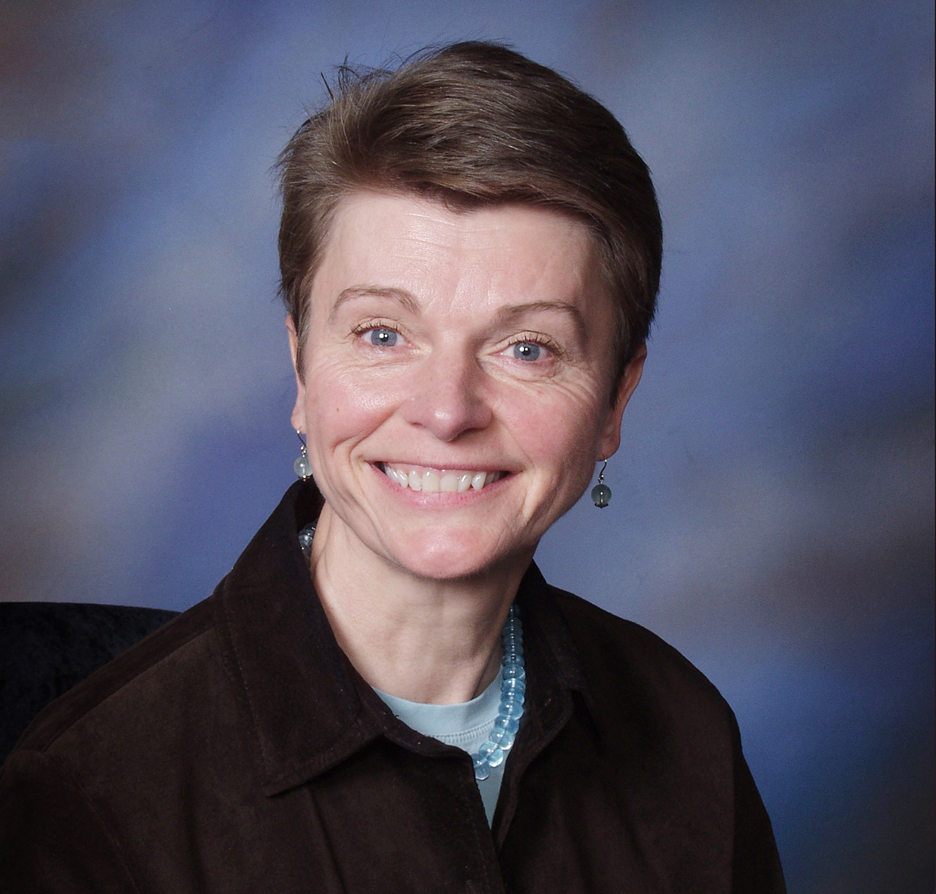Dr. Britt-Marie Ljung, an enterprising physician
Creating a valued service, new training and methods for diagnosing cancer has inspired many others.
-
 Dr. Britt-Marie Ljung discovered that new methods can be met with both enthusiasm and skepticism.
Dr. Britt-Marie Ljung discovered that new methods can be met with both enthusiasm and skepticism. -
-
More than half a century ago, a girl in Sweden accompanied her father to the continent for his business buying expeditions because she was trilingual and could help close deals. Britt-Marie learned how to do business with others and liked increasing the business by providing a valuable service to clients. The lesson stayed with her. She dreamed some day of leading her father’s firm. When her father preferred her brothers to her for leading the business, she considered three career choices: business, engineering and medicine. She earned her BS and MD at Karolinska Institute in 1975.
Dr. Britt-Marie Ljung considered studying surgery, then oncology (the study of cancer) and cytology (the study of cells) fascinated her. As she became more focused on the methods for diagnosing cancer, she trained in a type of biopsy procedure that utilizes a very thin needle to collect cells for diagnosis, called fine needle aspiration. This technique replaces much larger needles and costly, painful surgical biopsies.
Fine needle aspiration had been successfully integrated and mastered at the Karolinska. As a result of the success of their method many international physicians came there to learn the technique. One of them was Dr. Jerry Waisman, who recruited her to join him at UCLA Medical Center. She stayed at UCLA for three years to help start the fine needle aspiration clinic, teach and pursue a degree in pathology. Upon graduation she joined the faculty of the University of California, San Francisco Medical School where she has taught medical students, residents and fellow faculty for almost thirty years. -
 Dr. Britt-Marie Ljung
Dr. Britt-Marie Ljung -
-
Change does not come easy
Early on, Dr. Ljung discovered that new methods can be met with both enthusiasm and skepticism, and she learned that change is often difficult. The results of this relatively recently introduced biopsy technique needed to be reported and shown to be successful in scientific literature.
One of the important findings in her studies was the crucial importance of proper training, not only for accurate interpretation of the specimens, but also for the technique of collecting and preparing the samples. When performed by well-trained physicians, the technique was found to have 98 percent accuracy while the success rate without proper training was only 75 percent.
This finding led to the establishment of fellowships for young pathologists interested in fine needle aspiration cytology at UCSF, and many other institutions, and Dr. Ljung’s ongoing engagement in training physicians both in the U.S. and internationally, most recently in Ghana.
But proving something statistically and publishing the results is not sufficient to build a successful service for physicians and their patients. Dr. Ljung always regarded the challenge as an entrepreneurial one: providing a superior service to professional clients. In the end, by allowing the patients of physicians in many different specialties to have same day appointments with experts in all aspects of fine needle aspiration biopsy, thereby allowing accurate diagnoses and recommendations within 24 hours, and by treating both patients but especially doctors as esteemed clients, the business and reputation of the clinic grew until today it serves not merely UCSF but it's also a medical resource to many private practices in the community and to pathologists needing second opinions throughout the western U.S. -
 Dr. Britt-Marie Ljung
Dr. Britt-Marie Ljung -
Recognition among colleagues
While building this medical enterprise, Professor Ljung also rose in the esteem and among the ranks of her colleagues, eventually serving as president of the UCSF medical staff. This recognition was unique for two reasons: She was the first woman elected to this chair as well as the first foreign-trained physician to attain this executive position. In addition to being an internationally recognized cytopathology authority, today she is also director of the Tissue Bank for Research at UCSF’s Cancer Center. In this role she leads the research on tissues and helps reform the medical center by revising the patient consent forms so that most leftover tissue, after the study for individual diagnoses have been completed, can be used for research across many fields in order to improve health care in the future.
From her bi-national perspective, Dr. Ljung can compare the medical education in Sweden and the U.S., with Karolinska and UCSF as national exemplars. She also has a comparative perspective on the national health care systems in both countries. While the overall quality of the education is similar in both settings, the decision process is more centralized in Sweden and more decentralized here, at least within the UC system.
At UCSF medical school, changes and new policies related to teaching and faculty are typically subject to consensus, at times making the process cumbersome and time consuming and involving multiple committees. The entire process is absolutely contrary to that in corporations, where most decisions come from top management. (Not all medical schools in the U.S. operate like UCSF, for example Stanford Medical Center’s decision process is more centralized, possibly reflecting their Silicon Valley environment.) -
How, then, do medical care in Sweden and the U.S. compare? In Sweden and most western democracies, the uniform health care system, which covers all members of society and operates on a governmentally allocated budget, requires a selection from more limited choices and capacity than are available to Americans, with their comprehensive insurance or ability to pay the fees out of pocket. While in other countries people are willing to wait their turn for operations and other services, there is less a sense of entitlement by the wealthy for placing themselves ahead of others.
The idea of fewer choices seems abhorrent to many in the U.S. In their more equitable society, anyone not having equal access to health care is abhorrent to Swedes. -
Dr. Ljung listed several characteristics of American national health care:
First, the U.S. often serves its poor through emergency room care—usually more expensive and less effective than co-ordinated and preventive care directed by a primary care physician who has an ongoing relationship with the patient and knowledge about their conditions. -
Second, U.S. health care is unique among western nations for tying care to employment. This is the result of incremental regulations rather than comprehensive design. In the 1930-40s a federal cap on salaries resulted in increasing employee compensation by increasing benefits, such as health care and pensions, rather than pay.
-
Third, the purpose of any insurance is to cover all by spreading the risk among many, rather than covering only the healthy ones—as long as they remain healthy—and even then reluctantly paying only when necessary.
-
Fourth, Americans claim to have the best health care in the world. We do—for those who can afford it. All governments ration health care, either by medical options offered or by the financial status of the patient.
-
Fifth, the U.S. system stands out among all others in one aspect: It is the most costly system of health care—we spend more than any other country on health care. Since physicians and hospitals in the U.S. are typically only paid for what they produce, this incents them to order and do more procedures so as to earn more per patient. A notable exception to this rule is the large Kaiser Permanente System serving a large part of California’s population.
The supreme irony is that representatives voting on our health care system enjoy top tier health care (often beyond their term of office) paid for by public expense (by you and me). Similar systems are available to all veterans, many seniors and those retirees whose pensions are intact. It’s just not available to all nationally.
For her exemplary leadership and manifold accomplishments enhancing the field of pathology, Dr. Britt-Marie Ljung was recognized as the Swedish Woman of the Year for 2011 by the Swedish American Chamber of Commerce for San Francisco and the Silicon Valley at its annual Swedish Bay Area Achievement Awards banquet last year. -
By Ted Olson
-
-
